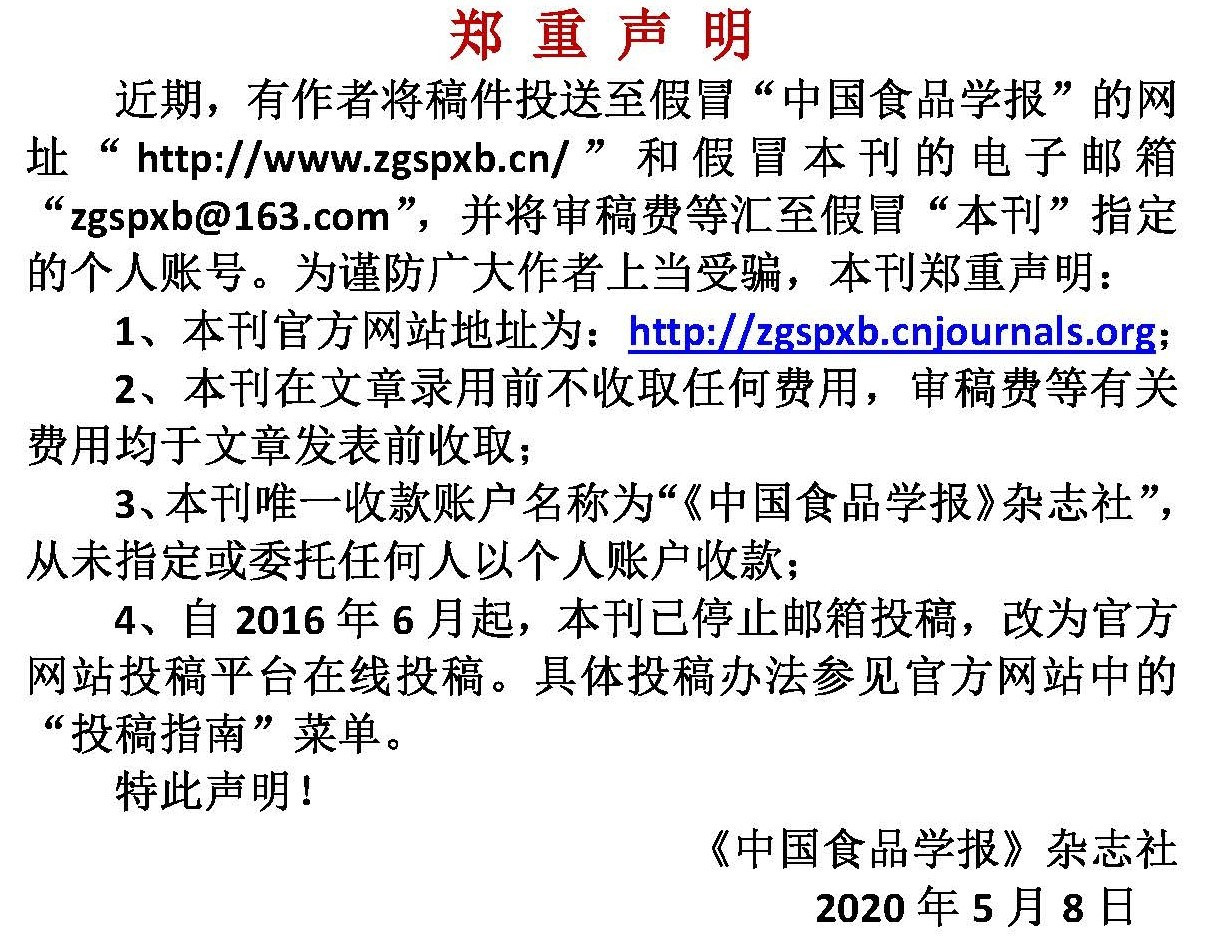乌牛早红茶对高脂饮食小鼠降脂功能和肠道菌群的调控作用
作者:
作者单位:
(1.中国计量大学生命科学学院 食品营养与质量安全研究所 杭州 310018;2.生物计量与检验检疫技术浙江省重点实验室 杭州 310018;3.特色农产品品质与危害物控制技术浙江省重点实验室 杭州 310018)
作者简介:
通讯作者:
中图分类号:
基金项目:
浙江省重点研发计划项目(2020C02045);杭州市农社重点科研项目(202203A06,202203A11);衢州市科技攻关竞争性项目(2023k098);杭州市科技特派员项目(20231122t48,20231122t59);浙江省团队科技特派员项目
Modulation of Lipid-lowering Function and Gut Microbiota in Mice on High-fat Diet by Wuniu Zao Black Tea
Author:
Affiliation:
(1.Institute of Food Nutrition and Quality Safety, College of Life Sciences, China Jiliang University, Hangzhou 310018;2.Key Laboratory of Biometrology and Inspection & Quarantine Technology of Zhejiang Province, Hangzhou 310018;3.Key Laboratory of Specialty Agri-product Quality and Hazard Controlling Technology of Zhejiang Province,Hangzhou 310018)
Fund Project:
引用本文
叶江成,赵进,张一帆,龚明秀,俞晓平.乌牛早红茶对高脂饮食小鼠降脂功能和肠道菌群的调控作用[J].中国食品学报,2024,24(2):83-98
复制分享
文章指标
- 点击次数:
- 下载次数:
- HTML阅读次数:
历史
- 收稿日期:2023-02-20
- 最后修改日期:
- 录用日期:
- 在线发布日期: 2024-03-12
- 出版日期:
文章二维码

版权所有 :《中国食品学报》杂志社 京ICP备09084417号-4
地址 :北京市海淀区阜成路北三街8号9层 邮政编码 :100048
电话 :010-65223596 65265375 电子邮箱 :chinaspxb@vip.163.com
技术支持:北京勤云科技发展有限公司
地址 :北京市海淀区阜成路北三街8号9层 邮政编码 :100048
电话 :010-65223596 65265375 电子邮箱 :chinaspxb@vip.163.com
技术支持:北京勤云科技发展有限公司
